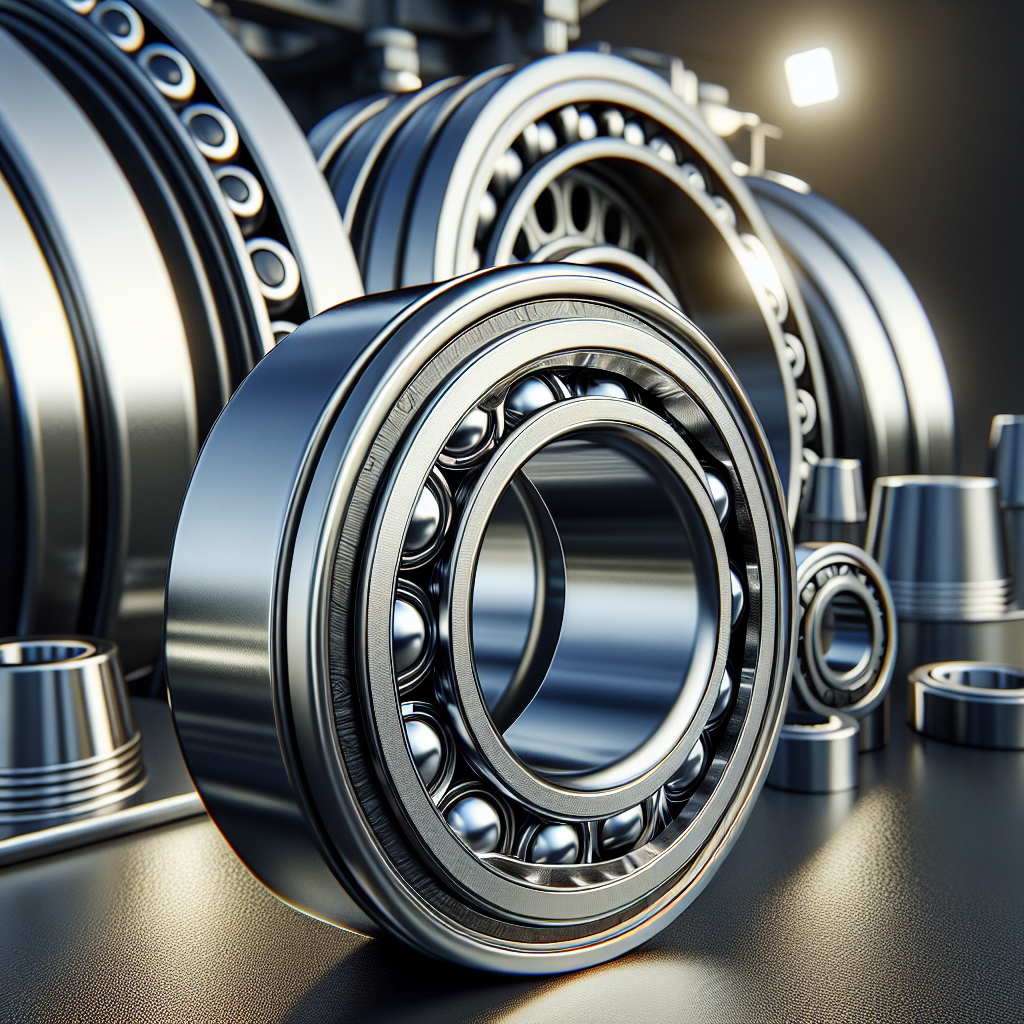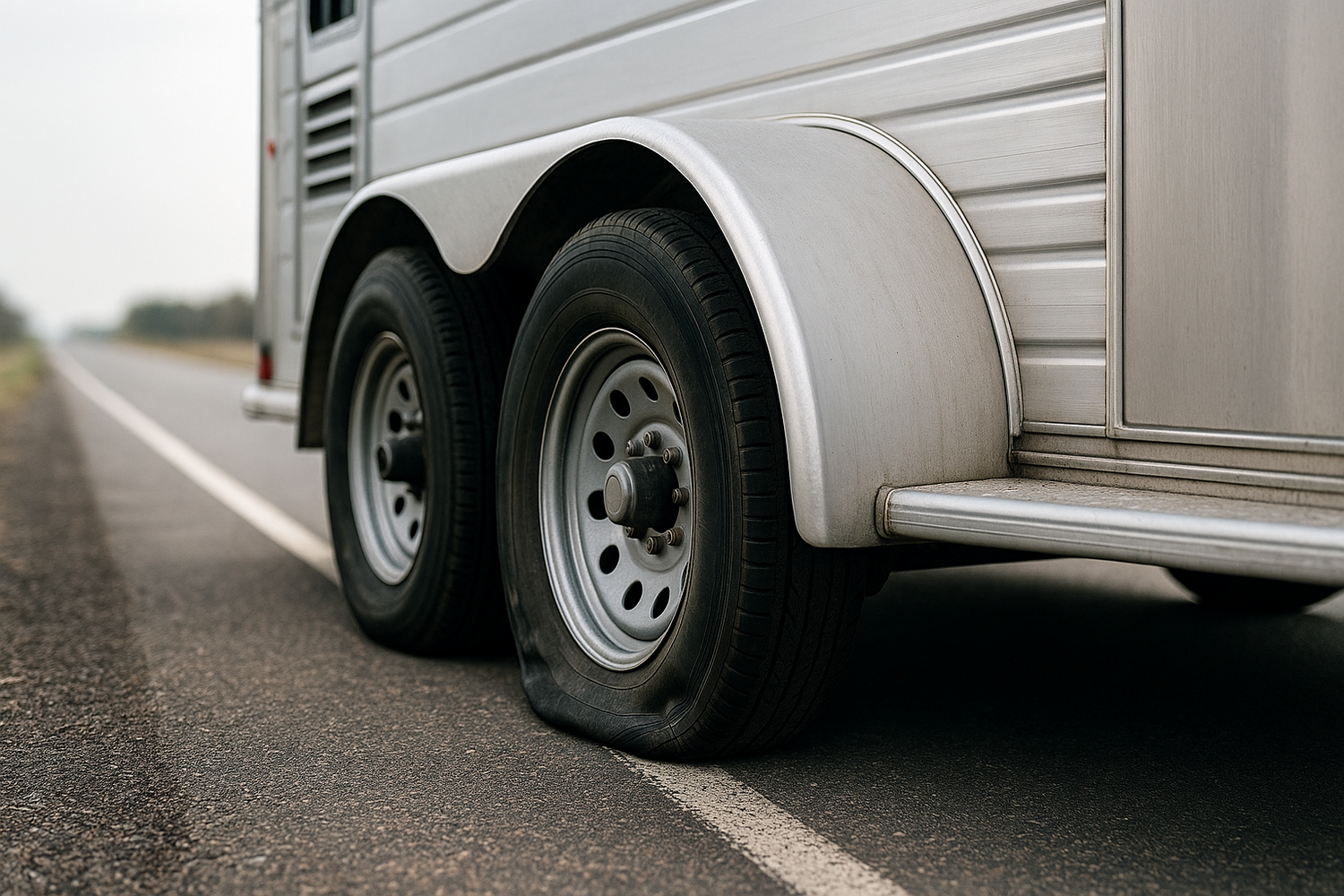Trailer wheel bearings are crucial components that play a significant role in the overall functionality and safety of your trailer. These small yet mighty parts ensure that the wheels can rotate freely and smoothly, allowing for safe towing and maneuverability on the road. The bearings reduce friction between the wheel and axle, thus preventing excessive wear and tear on both parts.
Understanding the importance of trailer wheel bearings involves recognizing their function and the potential risks associated with neglecting them. Here are some key points to consider:
- Durability: Quality wheel bearings are designed to withstand the heavy loads that trailers often carry, ensuring longevity and reliability.
- Safety: Faulty or worn-out bearings can lead to catastrophic failure events, causing accidents that may endanger lives and property.
- Maintenance: Regular inspections and timely replacements of worn bearings can save you costly repairs and downtime.
By being proactive about trailer wheel bearing identification and maintenance, you can significantly enhance the safety and performance of your trailer. Tow with peace of mind, knowing that trailerwatchdog is standing guard.
Common Types of Trailer Wheel Bearings Explained

When it comes to trailer wheel bearings, understanding the different types available is essential for ensuring optimal performance and safety. Each type has its unique characteristics and applications, making it important to choose the right one for your specific trailer needs. Below are some of the most common types of trailer wheel bearings:
- Ball Bearings: These are the most common type found in trailers. They consist of small balls that sit between the inner and outer races, allowing for smooth rotation. Ball bearings are suitable for standard towing applications but may not hold up as well under heavy loads.
- Roller Bearings: Unlike ball bearings, roller bearings use cylindrical rollers instead of balls. This design allows them to support heavier loads and is often used in larger trailers or those designed for heavy-duty applications.
- Tapered Roller Bearings: These bearings are specifically designed to handle both radial and axial loads. They feature a conical shape that allows for better load distribution, making them ideal for trailers that experience significant stress, such as those used for hauling heavy equipment.
- Sealed Bearings: Sealed bearings come pre-lubricated and are designed to keep dirt and moisture out, reducing the need for maintenance. They are often favored for their low-maintenance requirements and longevity.
Choosing the right type of trailer wheel bearing is crucial for maintaining the safety and efficiency of your trailer. Understanding these common types can help you make informed decisions when it comes to replacements or upgrades.
Key Signs of Worn or Damaged Wheel Bearings

Recognizing the early signs of worn or damaged wheel bearings is vital for maintaining your trailer's safety and performance. Neglecting these signs can lead to catastrophic failure, which may result in costly repairs or dangerous towing situations. Here are some key indicators to watch for:
- Unusual Noises: One of the first signs of bearing wear is a loud grinding or humming noise coming from the wheels while towing. This noise often becomes more pronounced during turns.
- Excessive Heat: If you notice that the wheel hub is excessively hot to the touch, it’s a sign that the bearings may be failing. High temperatures can indicate improper lubrication or significant wear.
- Vibration: If you feel excessive vibration in the trailer while driving, it could be due to worn bearings. This sensation often results from poor alignment or damaged components.
- Play in the Wheel: Check for any movement in the wheel when you try to shake it from side to side. If there's noticeable play, this is a clear indication that the bearings are worn and may need replacement.
- Visible Damage: Inspect the wheel assembly for any visible signs of wear, such as rust, cracks, or abnormal wear patterns. If you see any of these signs, it’s crucial to address them immediately.
By keeping an eye out for these key signs, you can take proactive measures to ensure the longevity of your trailer's wheel bearings, enhancing both safety and performance on the road.
Step-by-Step Guide to Inspecting Wheel Bearings

Inspecting your trailer's wheel bearings is an essential maintenance task that can help prevent serious issues down the road. Follow this step-by-step guide to effectively examine your wheel bearings and ensure they are in optimal condition:
- Gather Necessary Tools: Before you begin, make sure you have the right tools on hand. You will need a jack, jack stands, a lug wrench, a bearing packer, and possibly a hammer and screwdriver for disassembly.
- Lift the Trailer: Use a jack to lift the trailer and secure it on jack stands to ensure safety while working. Always follow safety precautions to prevent accidents.
- Remove the Wheel: Using a lug wrench, remove the lug nuts and take off the wheel carefully. Set the wheel aside to gain access to the hub assembly.
- Inspect the Hub: Carefully remove the hub cap and examine the hub for any signs of damage or excessive wear. Look for cracks, rust, or any debris that may have accumulated.
- Check the Bearings: Remove the bearings from the hub and inspect them closely. Look for signs of pitting, discoloration, or rough spots on the surface. Bearings should feel smooth when rotated; any grinding indicates that they are worn.
- Clean and Lubricate: Clean the bearings using a solvent to remove any grease and dirt. Once clean, repack them with high-quality bearing grease to ensure proper lubrication.
- Reassemble: After inspection and lubrication, carefully reassemble the hub and wheel. Make sure everything is tightened to the recommended specifications.
By following this guide, you can keep your wheel bearings in check, promoting safer towing experiences and extending the lifespan of your trailer components. Regular inspections are key to maintaining your trailer's performance.
Best Practices for Maintaining Trailer Wheel Bearings
Proper maintenance of trailer wheel bearings is crucial in ensuring safety and longevity. Following best practices can help prevent breakdowns and costly repairs. Here are some effective strategies for maintaining your trailer wheel bearings:
- Regular Inspections: Schedule routine checks on your wheel bearings, especially before long trips. Look for signs of wear, such as noise, heat, or vibration, which can indicate potential problems.
- Keep Them Clean: Dirt and debris can significantly impact bearing performance. When inspecting your bearings, clean them thoroughly and ensure that all grease and contaminants are removed to maintain optimal function.
- Use Quality Grease: Always use high-quality bearing grease recommended for your specific type of bearings. Proper lubrication reduces friction and heat, extending the life of your bearings.
- Monitor Temperature: Install a temperature monitoring system to keep an eye on your wheel bearings’ heat levels. Excessive heat could point to insufficient lubrication or other issues that need immediate attention.
- Replace Worn Bearings: If you notice any signs of wear or damage during inspections, do not hesitate to replace the bearings. Ignoring these signs can lead to catastrophic failures while towing.
- Follow Manufacturer Guidelines: Always adhere to the maintenance recommendations provided by your trailer's manufacturer. This ensures that you are using the best practices tailored for your specific model.
By integrating these best practices into your maintenance routine, you can help ensure the safety of your trailer and enhance its performance over time. Regular care contributes to a smoother and safer towing experience.
When to Replace Your Trailer Wheel Bearings

Identifying the right time to replace your trailer wheel bearings is vital for maintaining safe towing conditions. Several indicators can help you determine whether it’s time for a replacement:
- Excessive Noise: If you hear grinding, squeaking, or rumbling sounds coming from the wheel area, it may be a sign that your bearings are failing. This noise often indicates that the bearings are worn and need to be replaced.
- Overheating: If you notice that your wheel bearings become excessively hot during use, this could signal a lubrication issue or severe wear. Consistent overheating can lead to complete bearing failure.
- Wheel Play: Check for any play or wobble in the wheel. If the wheel moves more than it should, it’s a clear indication that the bearings are worn and should be replaced immediately.
- Visible Damage: Inspect your bearings for any visible signs of damage, such as pitting, rust, or cracks. If you find any of these issues, replacing the bearings is essential to avoid potential accidents.
- Frequent Maintenance Issues: If you find yourself constantly needing to adjust or lubricate your bearings, it may be time to consider a replacement. Continuous problems could indicate that the bearings have reached the end of their lifespan.
Staying vigilant about the condition of your trailer wheel bearings can prevent dangerous situations on the road. Tow with peace of mind, knowing that trailerwatchdog is standing guard.








